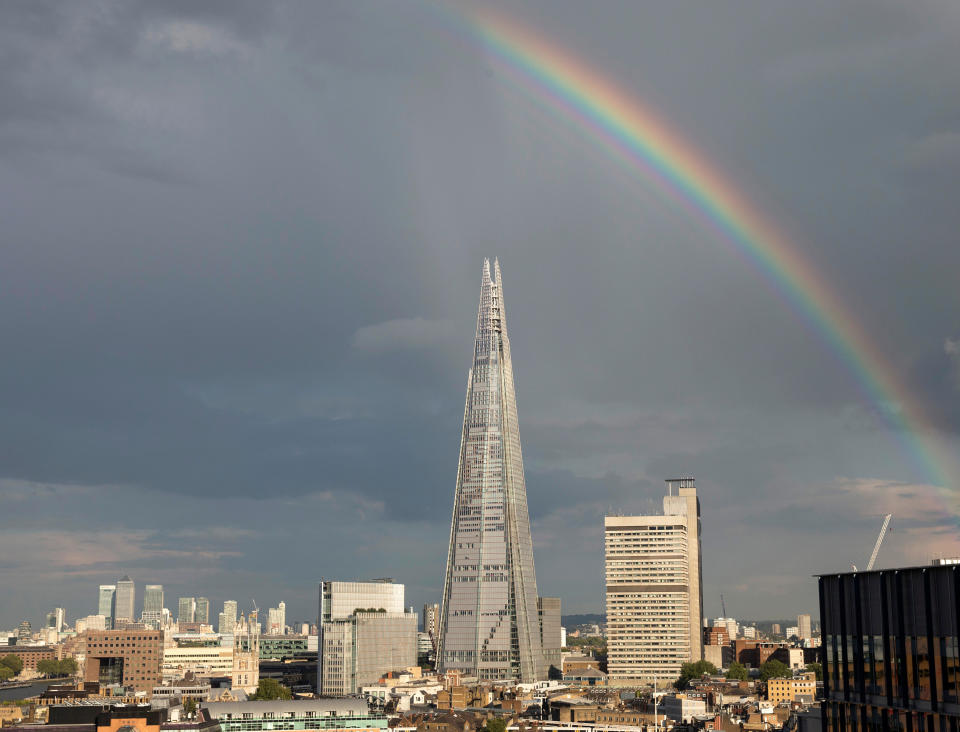Banks with the biggest gender pay gaps in Britain

Earlier this year, the extent of the pay differences between men and women in Britain was revealed for the first time.
Under regulations that came into force in 2017, all employers with more than 250 employees were required to report their gender pay gap data by April 2018 – which amounts to more than 10,000 large firms.
More than three out of four large companies pay their male staff more on average than their female staff, the results showed, with more than half giving higher bonuses to men. Over 80% have more women in their lowest-paid positions than in their highest-paid positions.
Despite decades of equality legislation, then, the gender pay gap clearly still exists — and it’s particularly prevalent in the UK’s largest financial institutions.
Data published earlier this year showed HSBC (HSBA.L) has the largest gender pay gap among the largest banks.
On average, women are paid 59% less than men, according to the mean hourly pay in 2017. The mean describes the total pay of all employees, divided by the number of staff. The bank’s median gender pay gap – which describes the midpoint of all staff members’ salaries from lowest to highest – came in at 29%.
It’s important to note, however, that this figure is lower because fewer women hold the highest-paid positions within the company. Only 23% of senior roles are held by women in HSBC, yet they make up 54% of the workforce across the whole firm and 67% of the bank’s junior roles.
It’s not only about equal pay, then – but also about the dearth of women in the highest-paid positions in financial organisations. The data showed Barclays International (BARC.L) — its investment bank division — had a 48% gap on the mean measure of hourly pay for 2017. The firm’s median gender pay gap was 43.5% and for its UK retail banking operations, women earn 14.2% less than men on average, according to the median data.
“Although female representation is growing at Barclays, we still have high proportions of women in more junior, lower paid roles and high proportions of men in senior, highly paid roles,” said Barclays chief executive Jes Staley. “There has been improvement across financial services but progress has been slow within the industry, so we support the objectives and intent of the UK government in introducing gender pay gap reporting to drive equality in both the workplace and in society more widely.”
The Royal Bank of Scotland (RBS.L) reported a mean gap of 37.2%, but reported a median gap of 36.5%, whereas Santander UK had a mean gap of 37.1% and a median gap of 29.1%.
The figures for Lloyds Banking Group (LLOY.L) came in at 32.8% for both the mean and median gaps.
A large gender pay gap was also revealed at Goldman Sachs (GS), which employs around 6,000 people in the UK, with a mean gap in Britain for its international business of 55.5%. Like other financial institutions, the company reported a lack of women in the highest pay brackets.
In the company’s international business, 83% of those earning the highest hourly pay were men, while 62.4% of those on the lowest hourly pay were women. As the data was revealed, Goldman Sachs stated that “gender is not a factor” in the way that they pay employees.
“We pay women and men in the same way, using the same compensation criteria, including the nature of their role and their performance,” the firm said in a statement.
“The fundamental challenge we should all be focused on is increasing the representation of women at senior levels. This is where the real imbalance lies, and requires attention at the earliest stages of recruitment to attract more women to financial services roles.”
To find out to navigate a toxic work environment, download Yahoo Presents Its a Jungle Out There podcast on Apple Podcasts, ACast, or Google podcasts to listen while on the go.


 Yahoo Finance
Yahoo Finance 